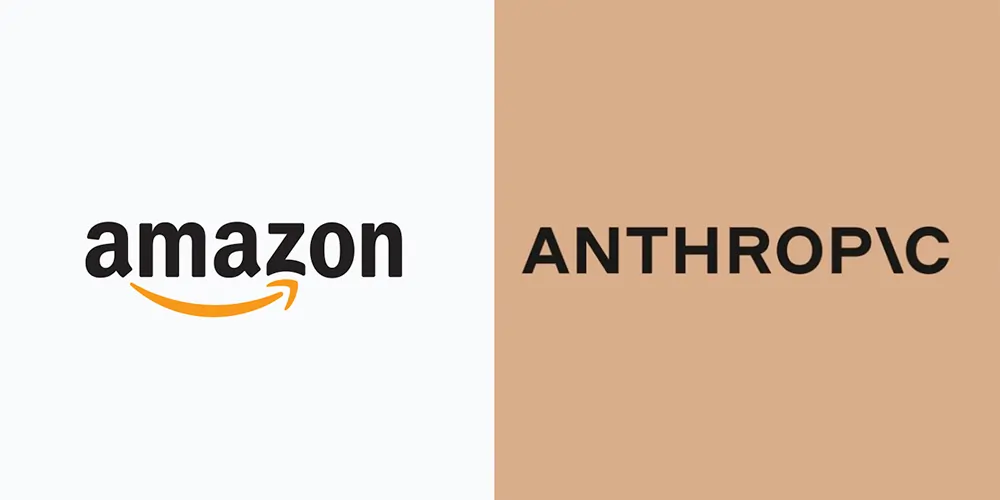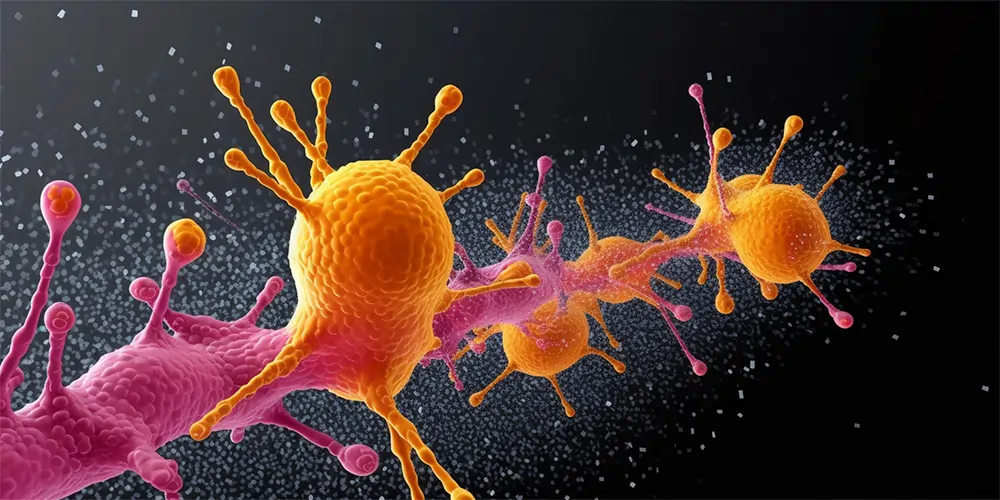Adobe, a global leader in digital media solutions, has announced a revolutionary tool known as Generative Fill, set to change the way we interact with Adobe Photoshop.
This technology is an expansion of Photoshop’s existing Content-Aware Fill feature, providing more control and creative freedom to users.
The Power of Firefly in Generative Fill
Built on Adobe’s AI image generator, Firefly, Generative Fill provides an innovative and intuitive approach to image editing.
This AI tool enables users to extend images, manipulate layers, and add or remove objects with a few simple text prompts.
The application of AI technologies within widely-used platforms such as Photoshop promises to democratise these capabilities, making them accessible to a larger audience.
The Firefly model behind Generative Fill is trained on a diverse range of materials, including Adobe Stock images, openly licensed content, and content without copyright restrictions.
As Ashley Still, Adobe’s Senior Vice President of Digital Media, eloquently put it, “The integration of Firefly into workflows as a creative co-pilot accelerates ideation, exploration, and production.”
Advancing Image Editing
Generative Fill’s ability to work within individual layers of a Photoshop image file opens the door to a plethora of creative possibilities.
As a testament to its versatility, the tool presents three options for users to select from, demonstrating the richness and variety that AI can bring to visual content. This function enhances both speed and precision, contributing to a seamless image editing experience.
Although the outcomes produced by Generative Fill are exceptional, it’s important to note that the tool is still a work in progress, with certain generated objects not perfectly blending with the rest of the image.
However, the tool has displayed commendable performance in filling blank spaces and handling backgrounds.
Copyright Concerns
Adobe has taken meticulous steps to ensure the legality of the images created with Generative Fill.
By using only materials that Adobe holds the rights to, the company ensures that the use of Generative Fill will be safe for commercial purposes, thus addressing potential legal issues stemming from less transparent AI models.
Adding to its portfolio of ethical practices, Adobe supports Content Credentials, a system that appends attribution data to images. This innovative feature allows viewers to see if the content was created or edited using AI, further promoting transparency.
Adobe’s Stance on Deepfakes and Content Authenticity
Amidst the rising concerns over deepfakes, Adobe has asserted its stance, stating that those intent on creating deepfakes likely already have the necessary resources and knowledge.
Adobe’s AI tools focus on creating works suitable for commercial sale, steering clear of generating images of famous individuals or brands.
As a part of their ongoing initiative to counter deepfakes, Adobe is propelling the Content Authenticity Initiative, a coalition aimed at tracking the provenance of an image over time. Within Photoshop, this technology automatically notes when generative AI was used in an image’s creation, enabling creators to share more data on the alterations made.
Generative Fill and Adobe’s AI Tools
Currently available through the desktop beta app and as a module within the Firefly beta app, Generative Fill is set to be launched onto the public Photoshop app in the latter half of 2023.
Adobe’s stride towards incorporating AI-powered tools into its products continues, with Firefly slated for future integration with Adobe Express, a cloud-based design platform.
The company’s overarching vision is to curb the spread of deepfakes through industry support for its content authenticity effort.
As it stands, the initiative now boasts over 1,000 members, with interest steadily rising due to the increasing attention around generative AI.
Adobe continues to pave the way for a more innovative and ethical future in digital image editing.




